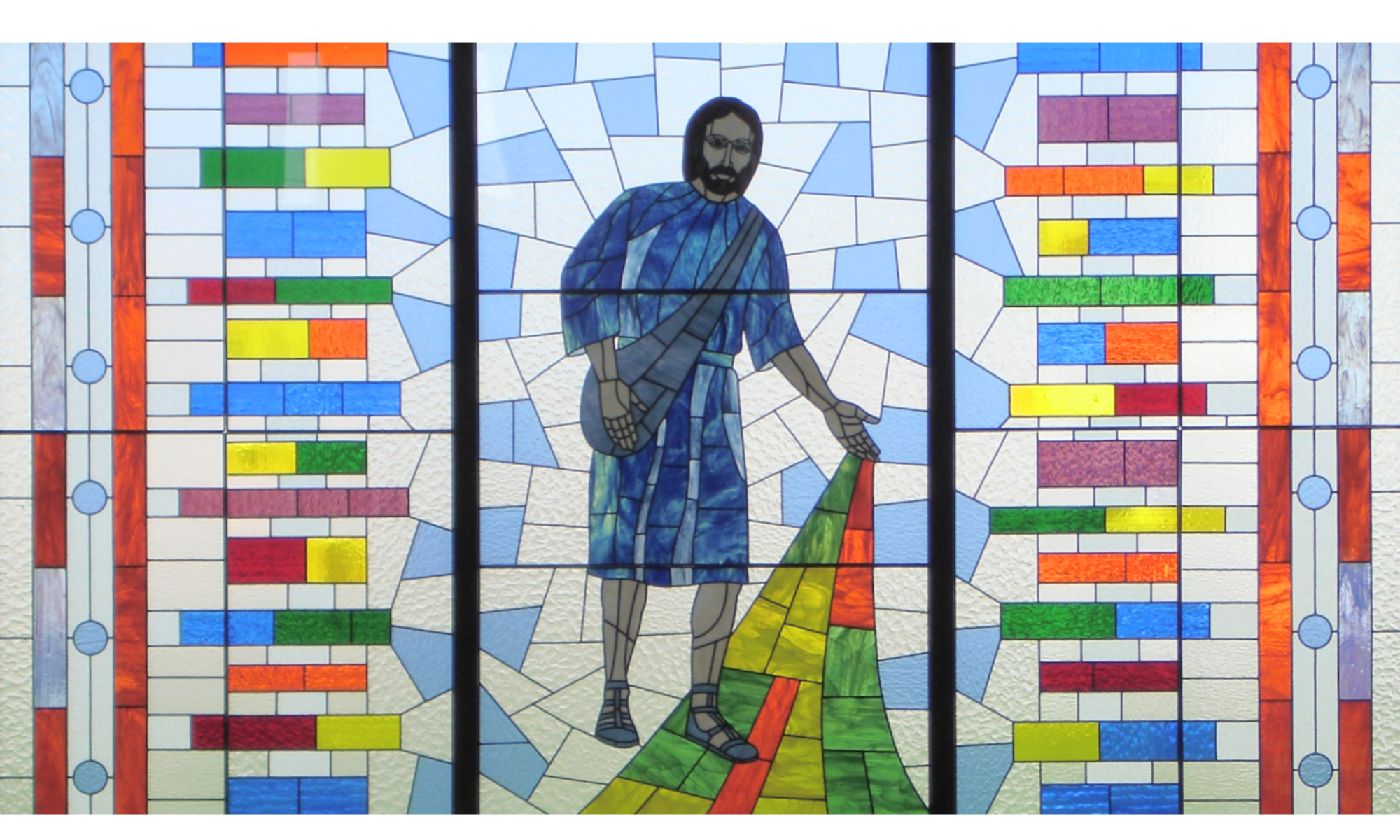Semănătorul (The Sower)
October 2023, Volume 4, Number 2
WHO INVENTED WHAT? EXPLORING THE ROLE OF THE NORTH WESTERN SEMITIC ALPHABET UPON THE FORMATION OF MODERN EUROPEAN LANGUAGES
Aurelian Botica
ABSRTACT
It is an accepted fact that, with some exceptions, the ancient Greek and Latin languages served as the basis for the formation of most of the Western (modern) languages. However, what remains less known is that the Greeks borrowed the alphabet letters from the North-Western Semitic alphabet of the 2nd millenium BCE. This alphabet was used by Phoenicians, Arameans, Hebrews and the Moabites beginning with the early second millenium and was borrowed by the early Greeks from Phoenician merchants in the later part of the second millenium and the beginning of the first millenium BCE. In this article we will explore the issue of the revolutionary contribution that the North-Western semitic alphabet had upon the cultures of the Ancient Near East (including Egypt, Canaan, Mesopotamia and Siria).2 The transition from a system that used hundreds of pictograms and signs (the cuneiform and hierogliphic alphabets) to an alphabet of only 22 linear letters marked one of the most important, yet neglected, innovations in ancient history. The purpose of our article is to draw on both ancient and contemporary scholarship in order to show how this revolutionary alphabet influenced the Greek and Latin alphabets (and implicitly the languages themselves) and the impact that this event had upon the formation of the modern European languages.
KEY WORDS: Greek, Latin, North Western Semitic, alphabet, languages
DOI: https://doi.org/10.58892/TS.swr4250
